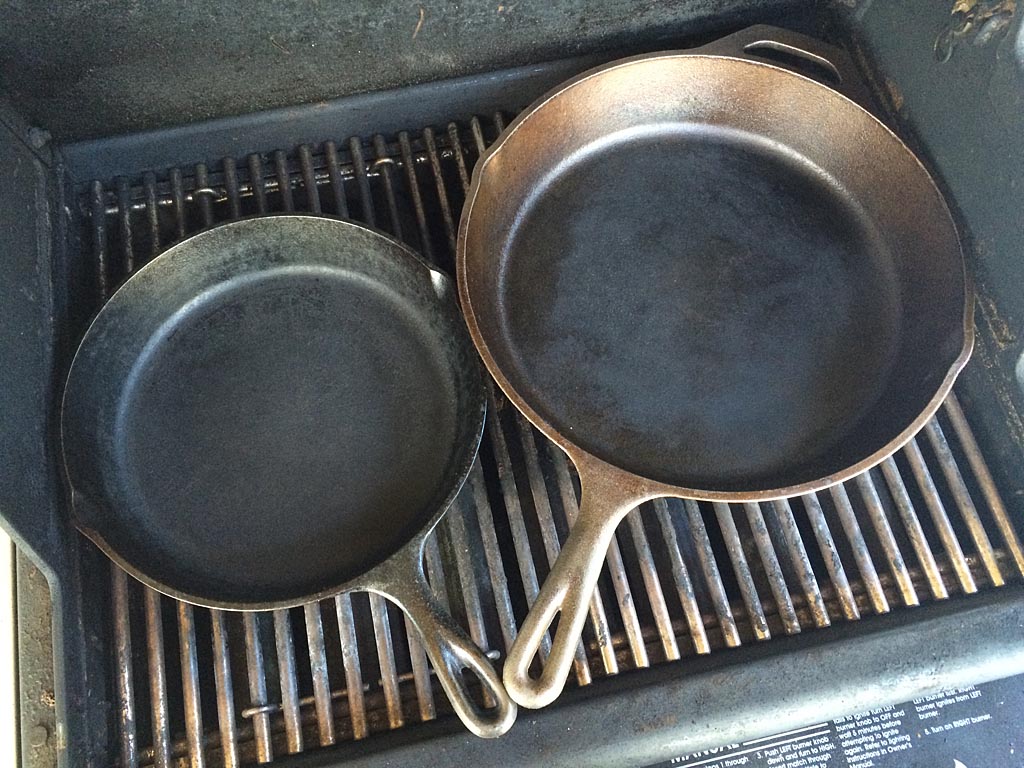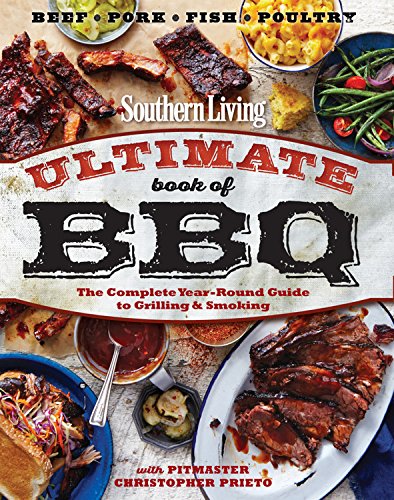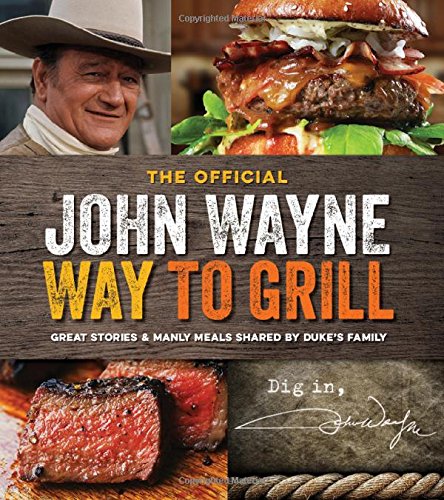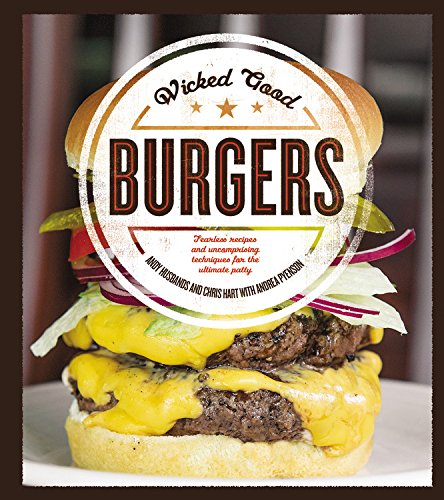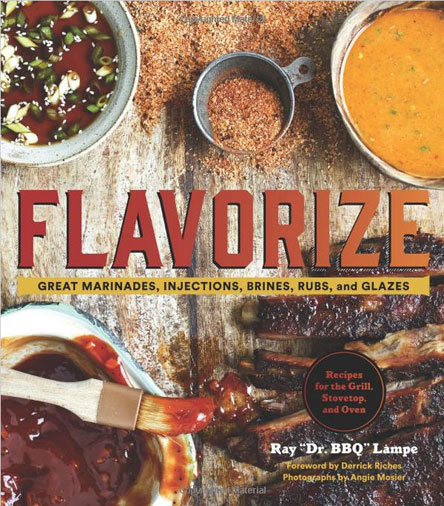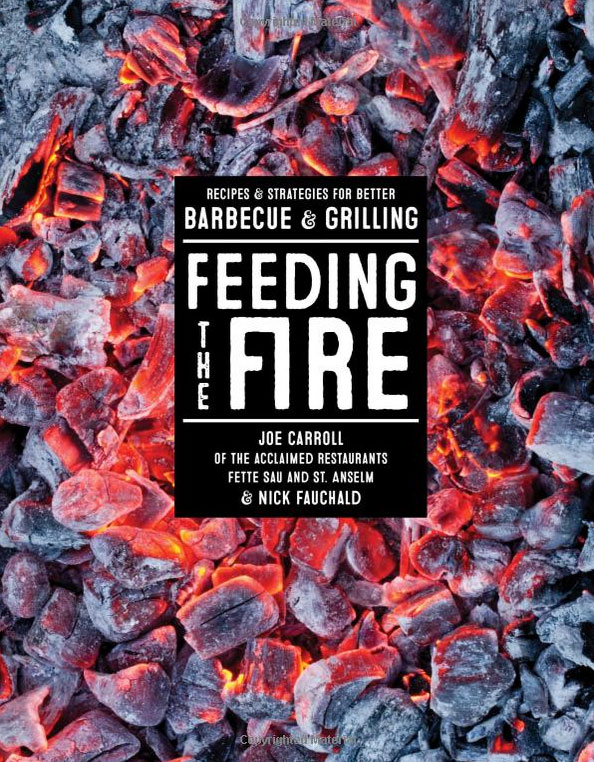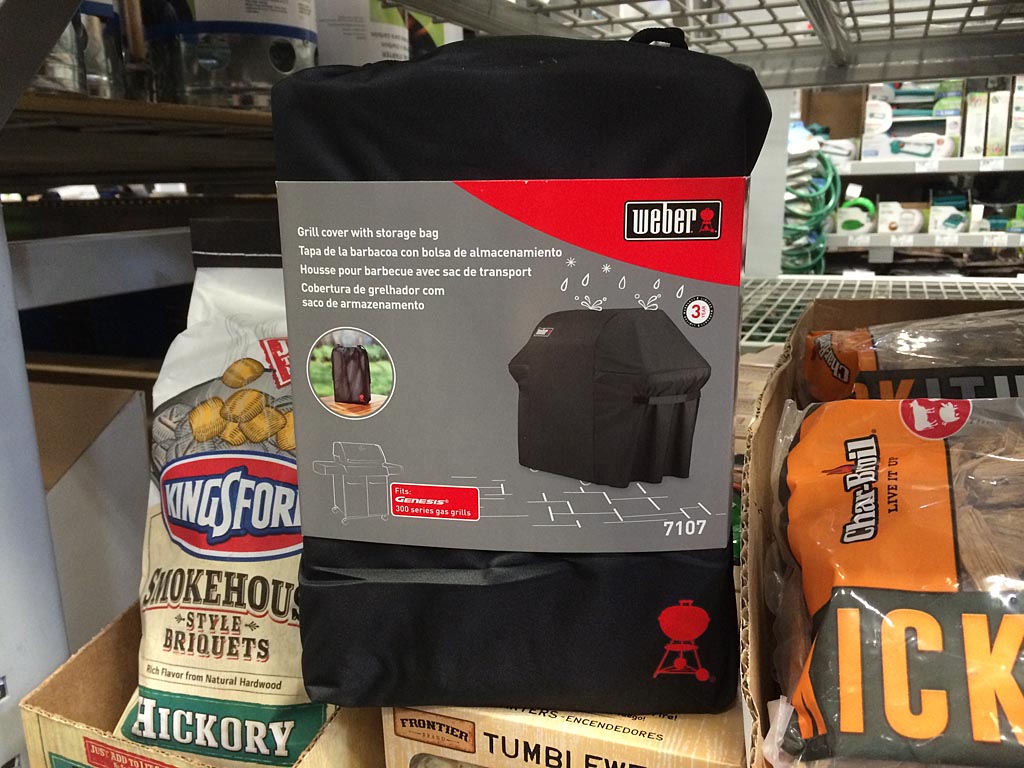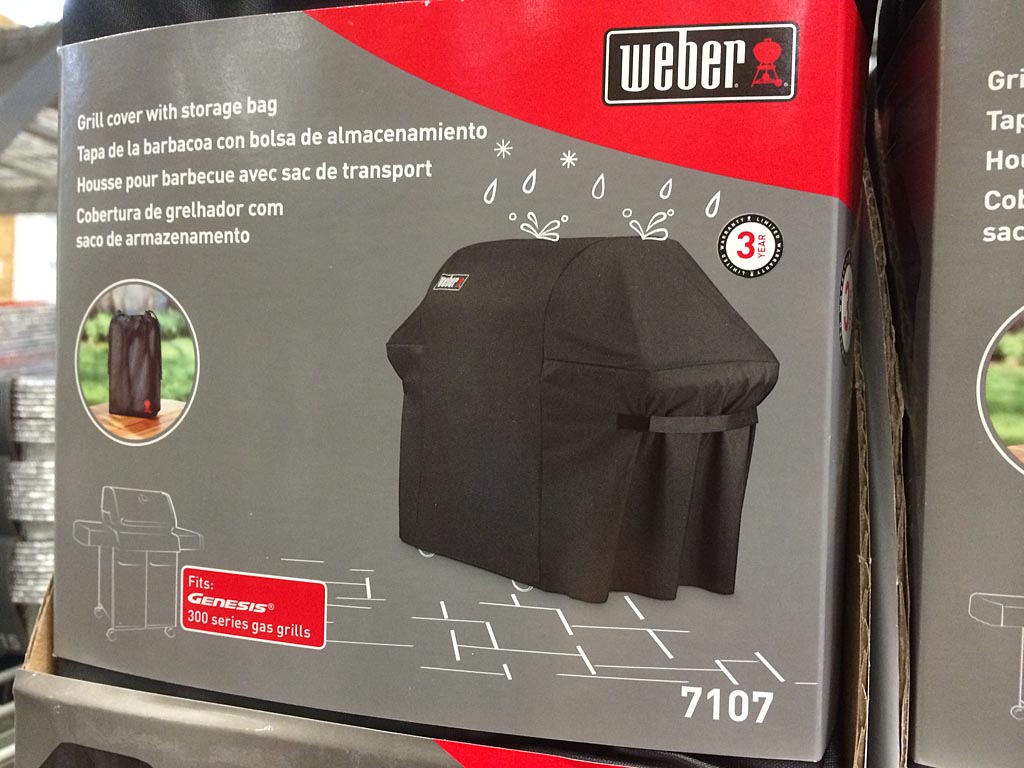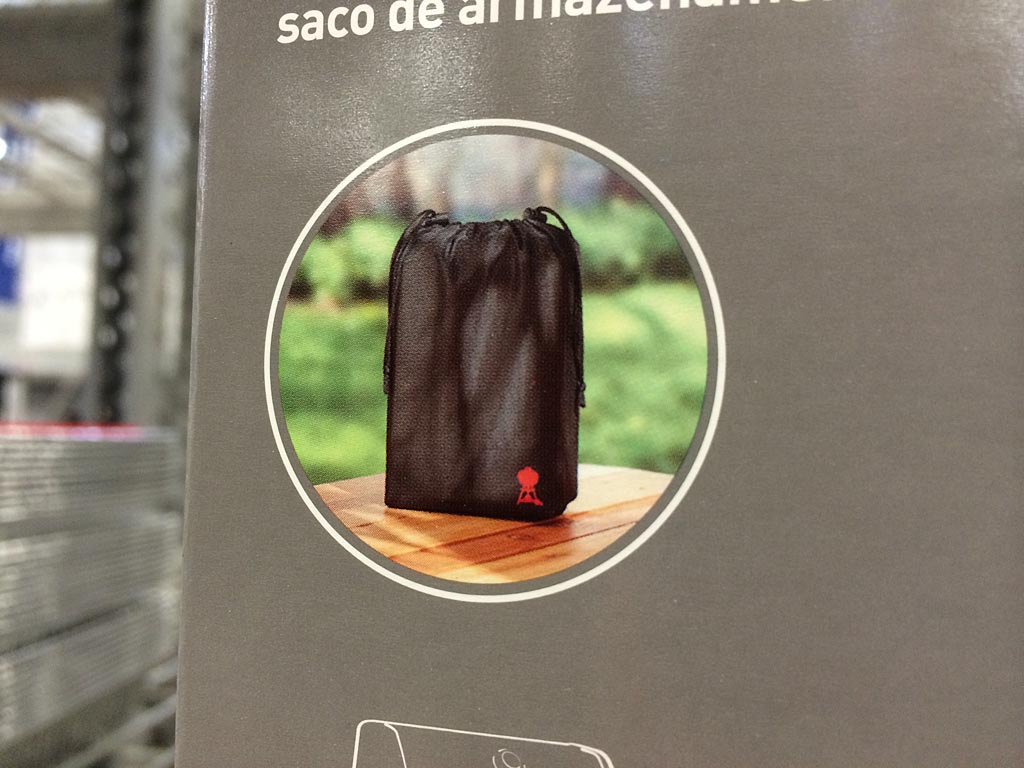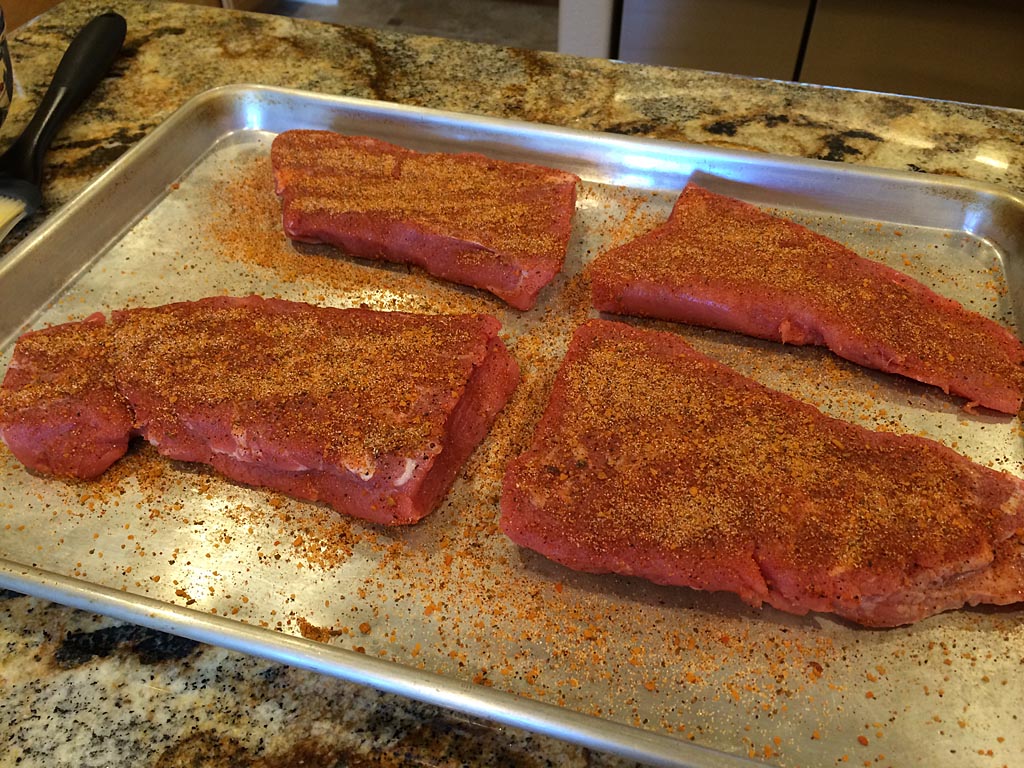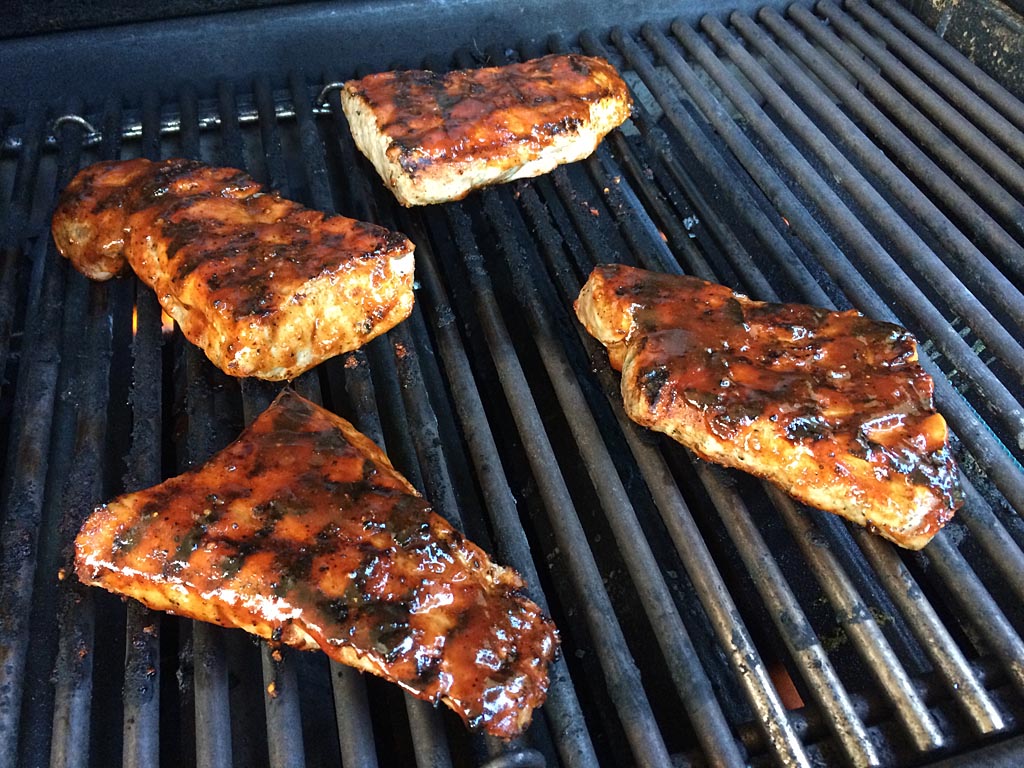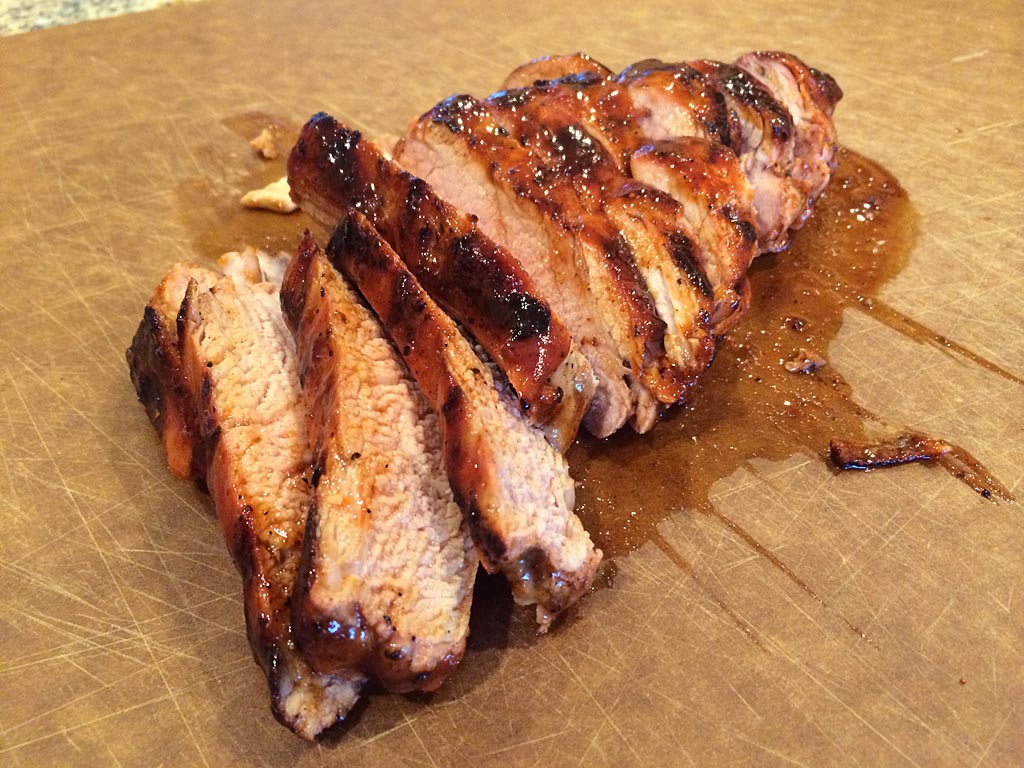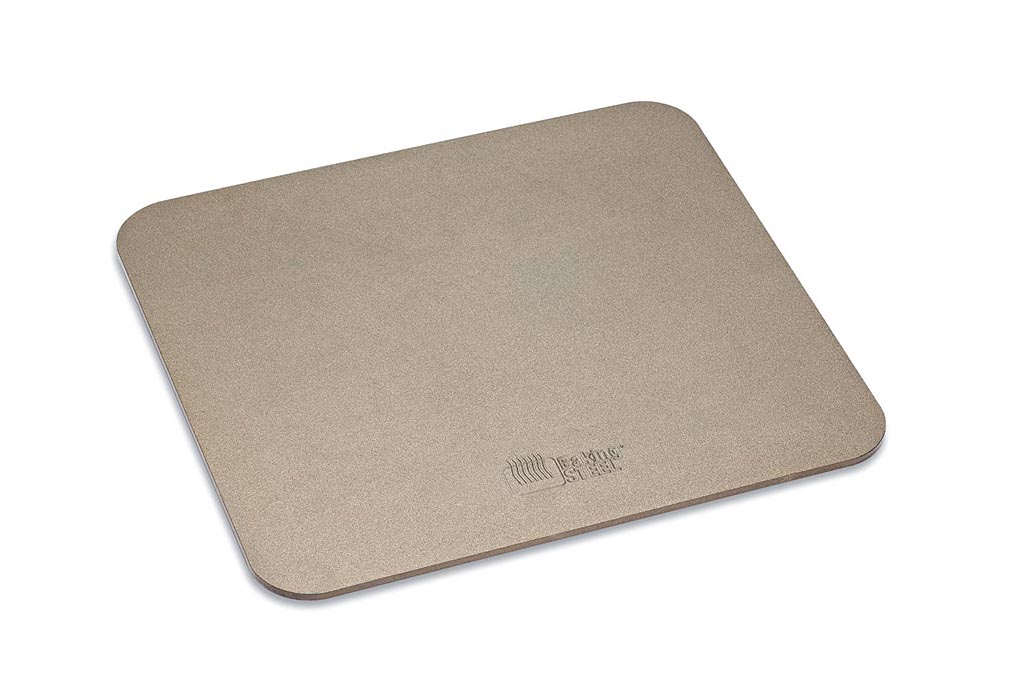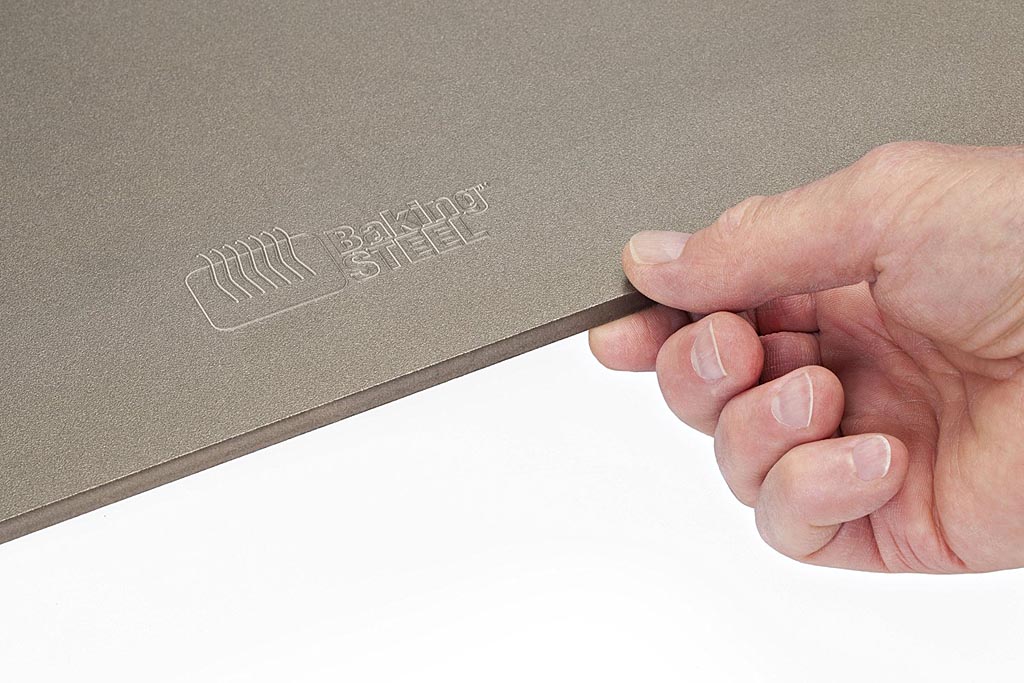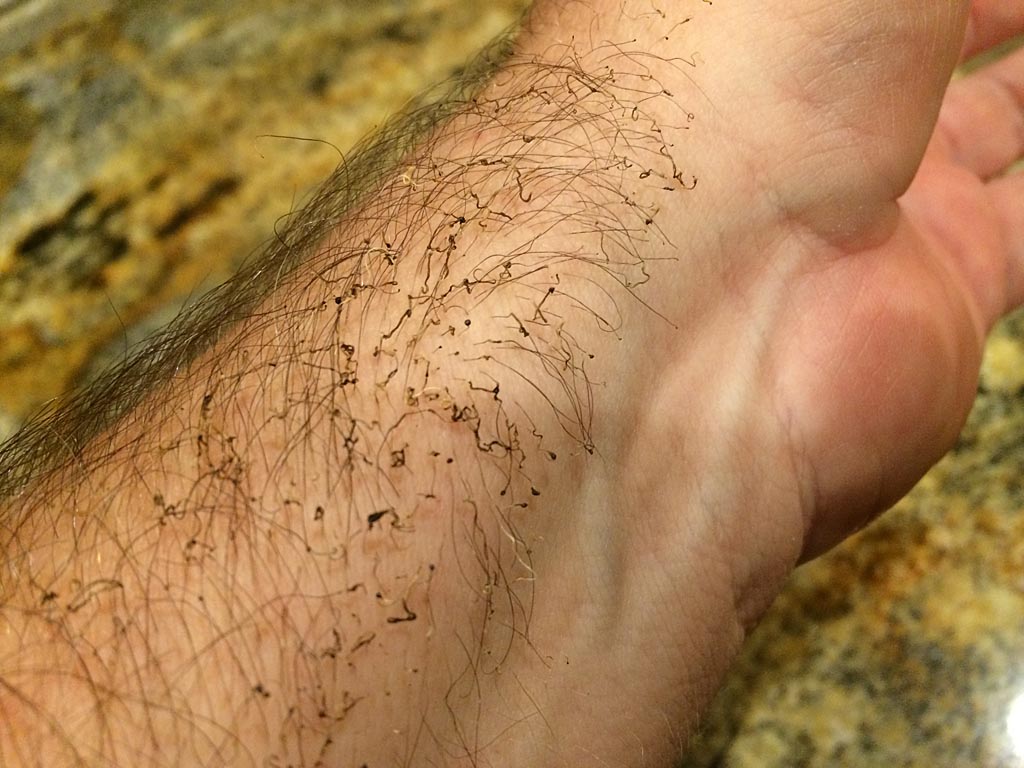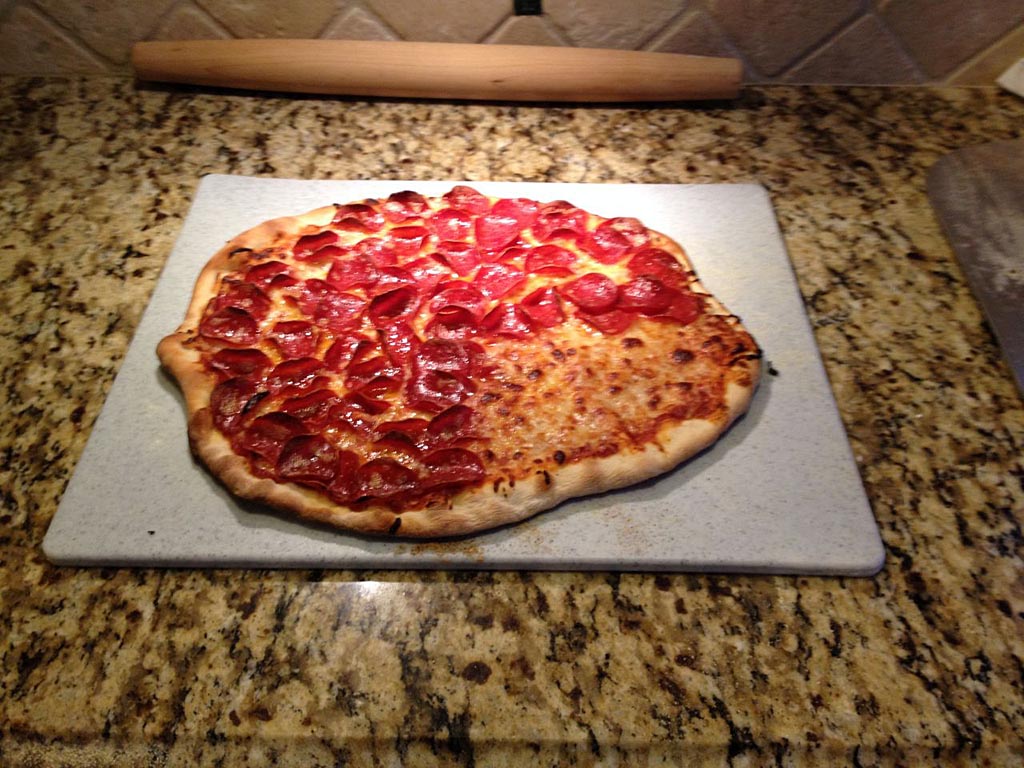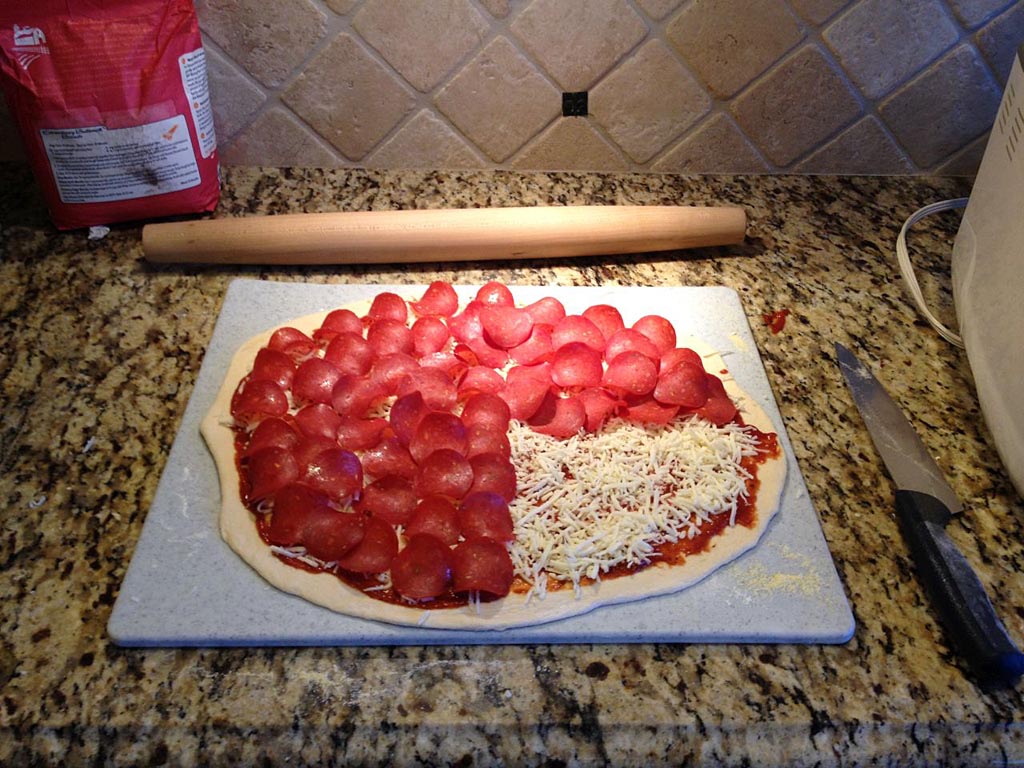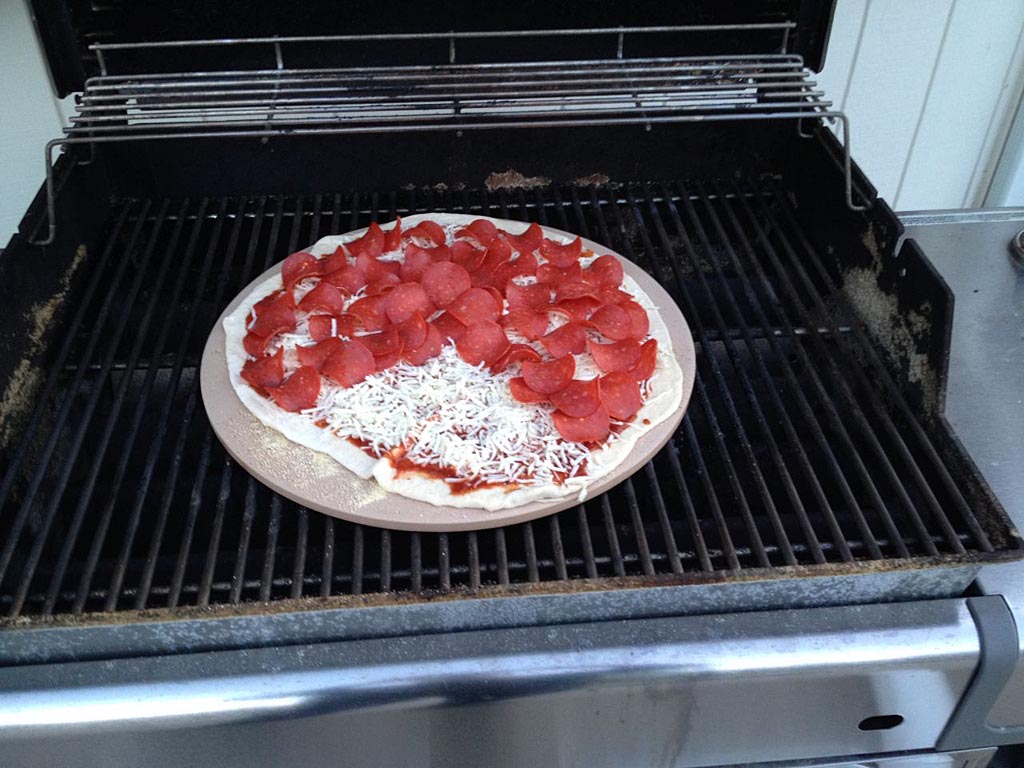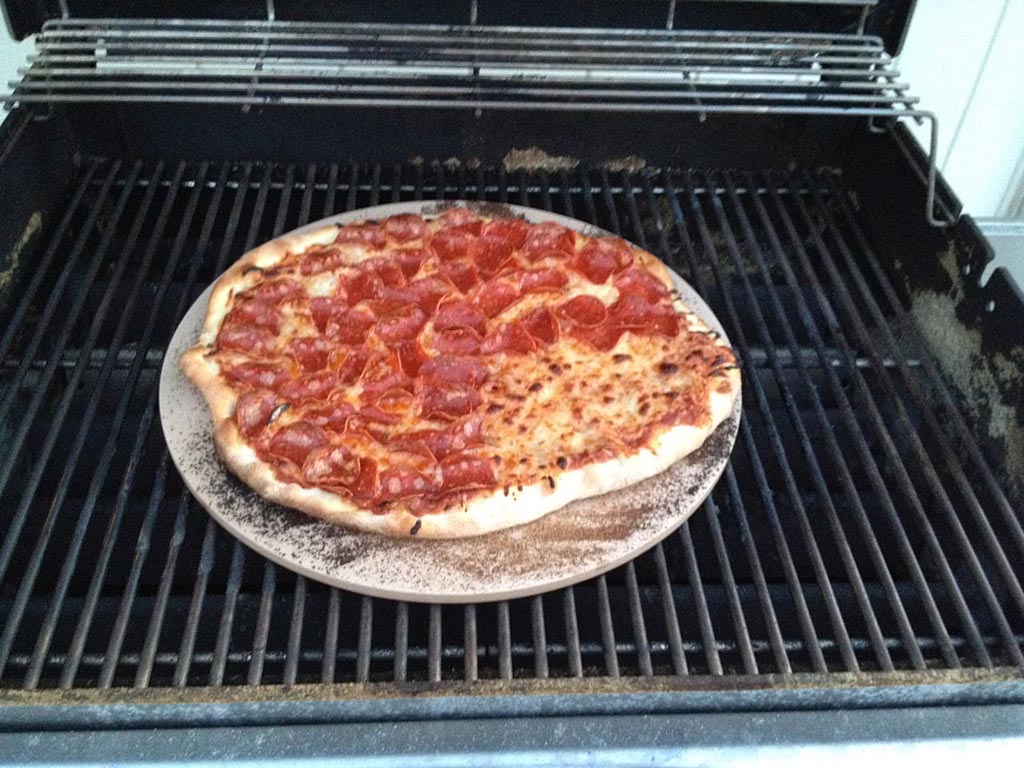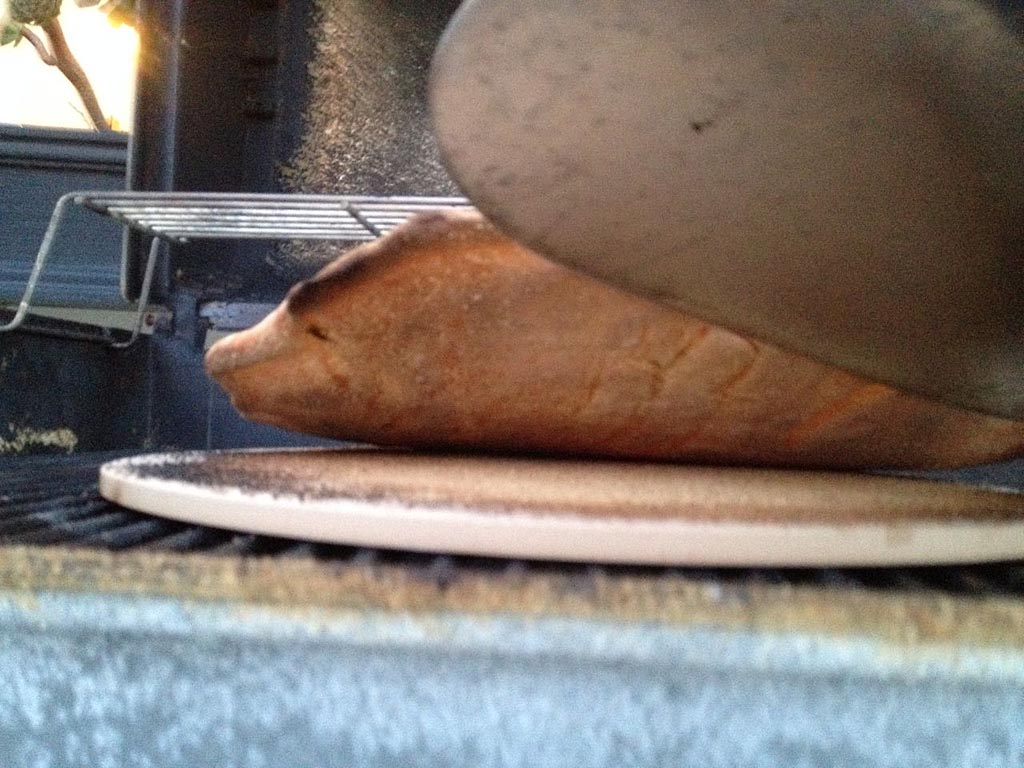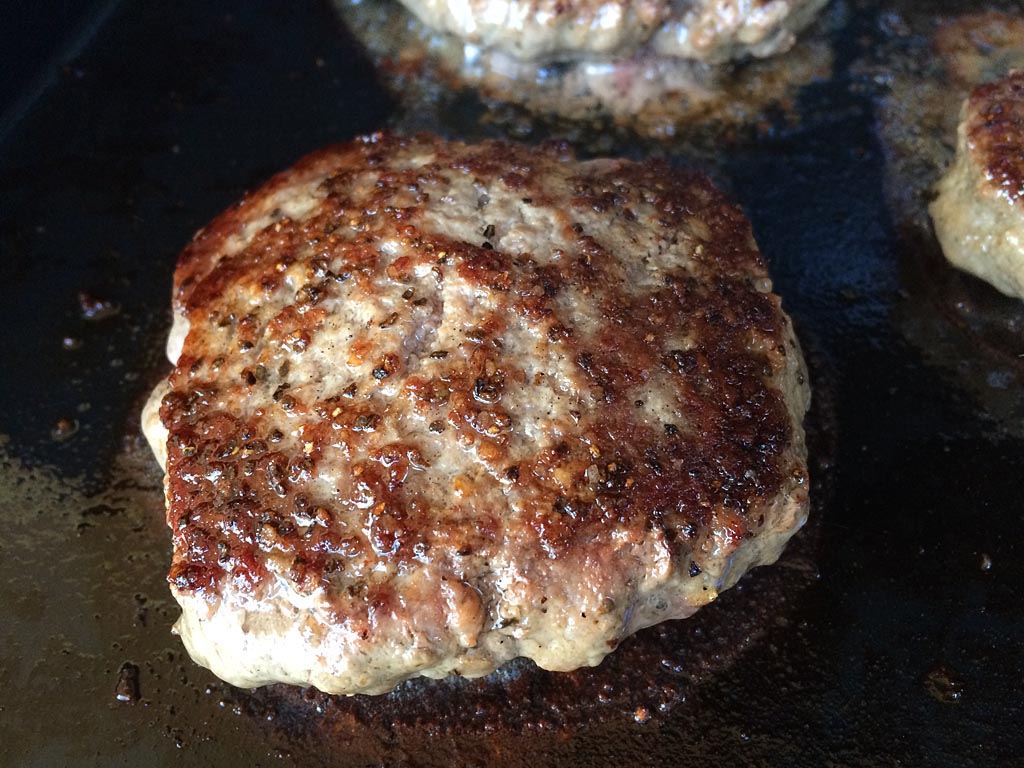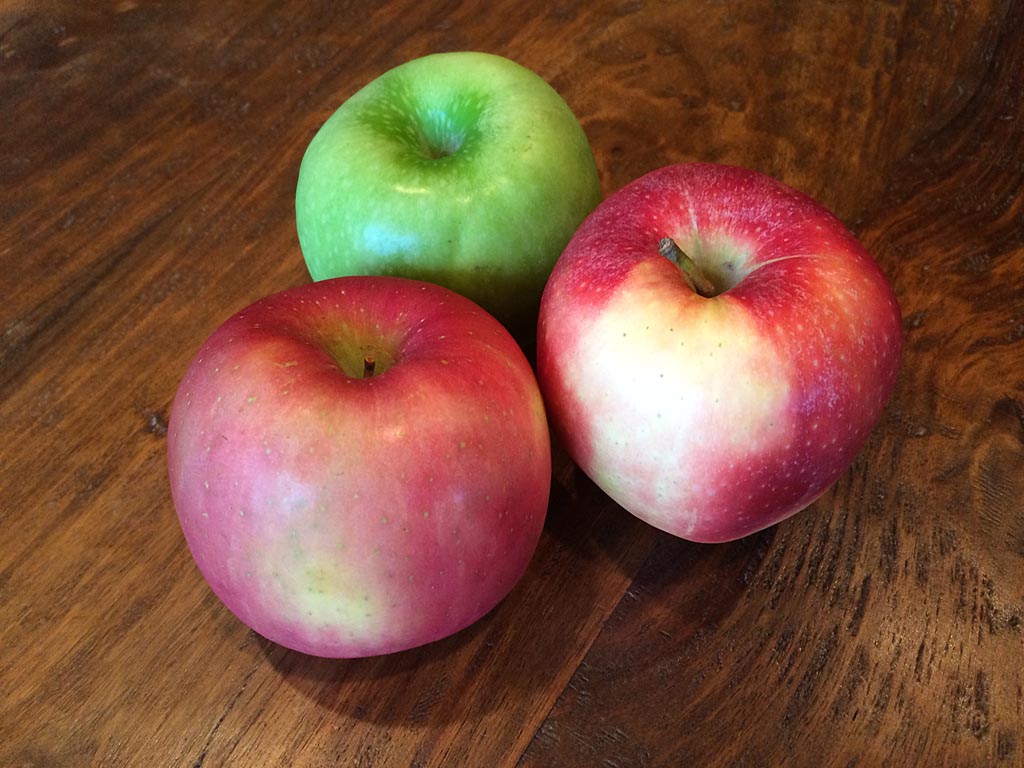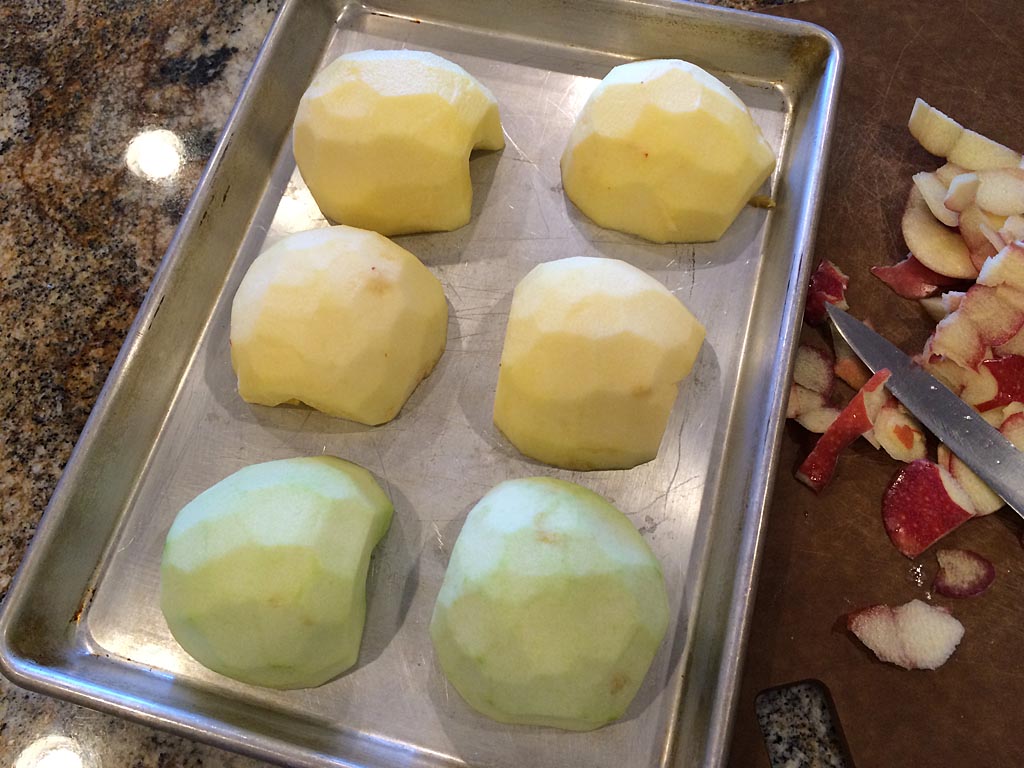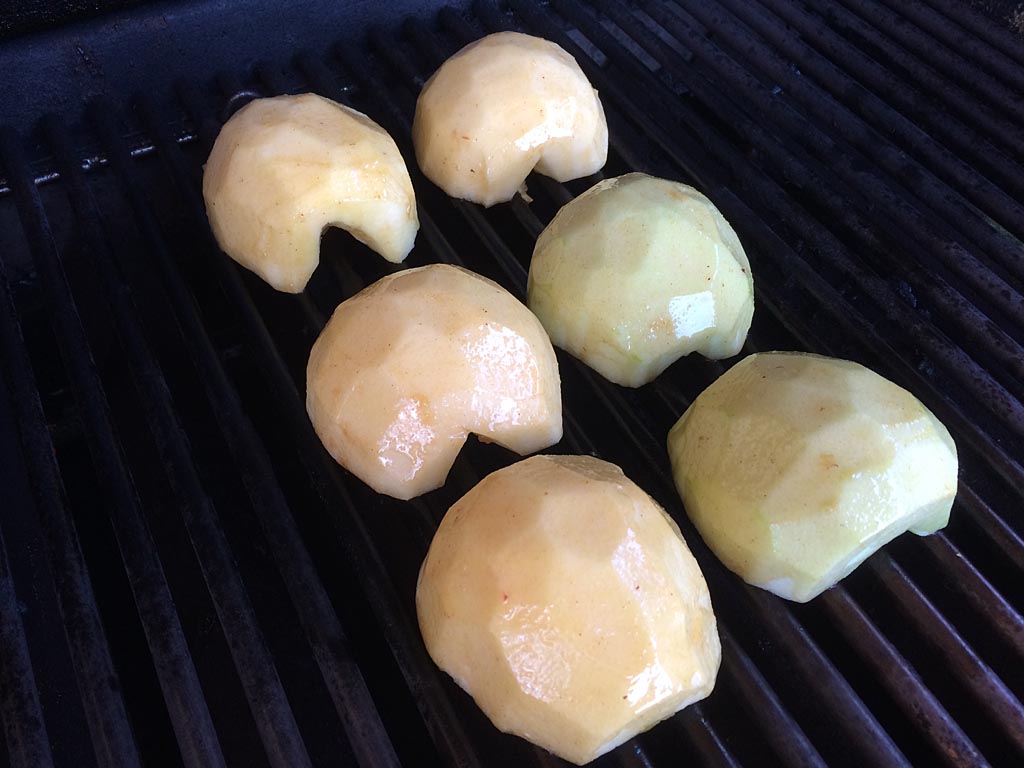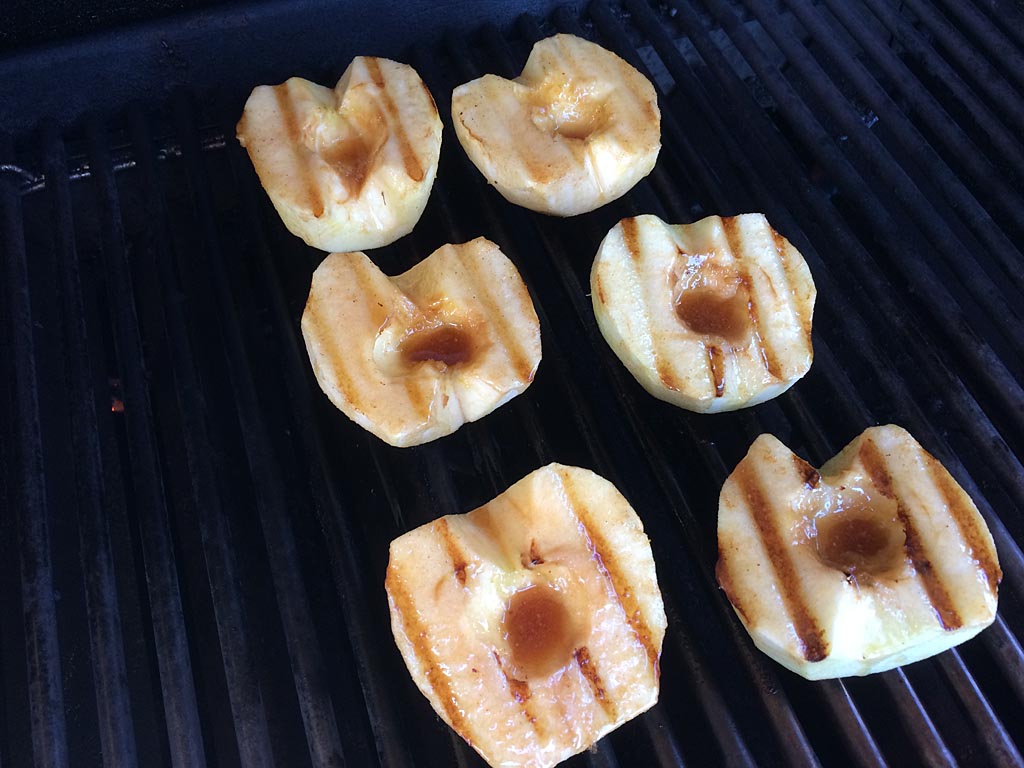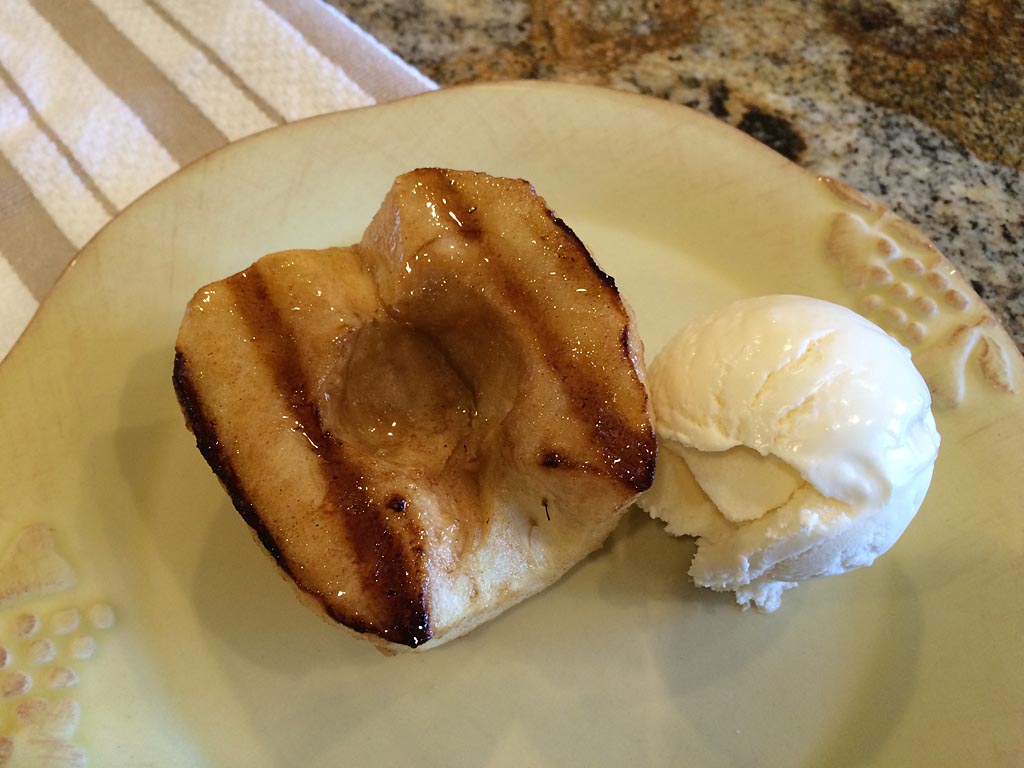You don’t find full-service butcher shops around much anymore, but there’s one about 40 miles from my house that sells fresh and smoked meats, sausages, bacon and fish at retail to the public, and butchers animals for ranchers and wild game for hunters. They have a deli counter where you can get a tasty tri-tip sandwich. Best of all, they sell pellet grills in front of the shop, so you know they’re legit.
One of the things this butcher shop is known for is their ready-to-grill marinated meats. A while back, I dropped in and without thinking about it too much bought a bag of marinated skirt steak.
Lesson #1: I Paid (A Lot) For Convenience
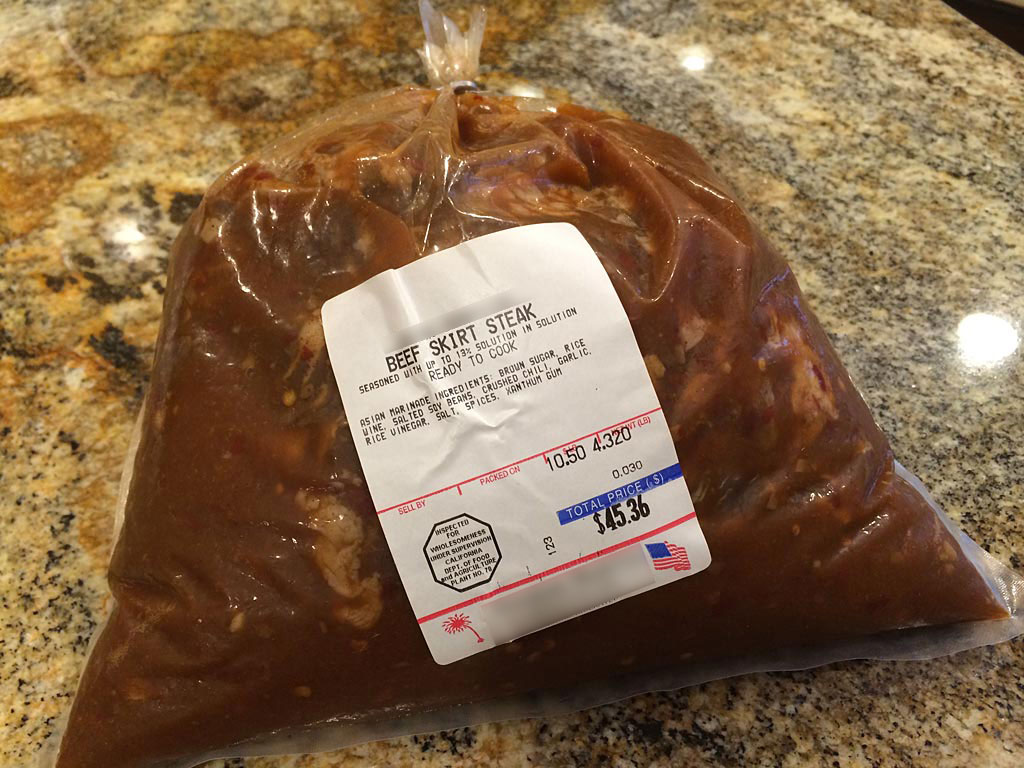
This package of marinated skirt steak weighs 4.32 pounds and sells for $10.50 per pound. I get it. I’m paying a premium price for convenience. Take it home and put it straight on the grill. But just for fun, let’s break it down a bit more.
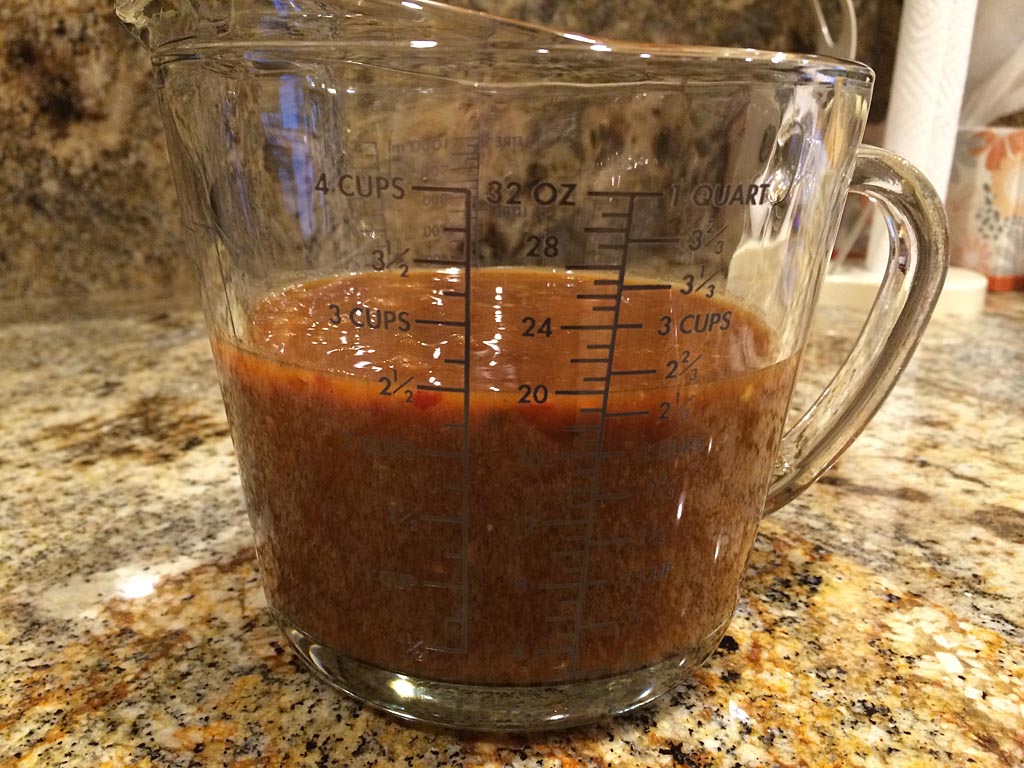
Here’s how much liquid was left in the bag after I removed the skirt steak. It’s almost 20 fluid ounces—2-1/2 cups. Now, to be fair, some of that liquid is meat juices. Let’s be generous and subtract 20% for meat juices. That leaves 16 fluid ounces of actual marinade.
What does a fluid ounce of this marinade weigh? I don’t know because I didn’t weigh it at the time, but I weighed a similar marinade and it weighs about 1.5 ounces per fluid ounce. So 16 fluid ounces of marinade weighs about 24 ounces or 1-1/2 pounds. At $10.50 per pound, I paid $15.75 for the marinade in the measuring cup.
How does that compare to supermarket marinade? A 16 fluid ounce bottle of marinade at an expensive grocery store might cost $5.99. That’s the equivalent of about $4.00 per pound.
I paid almost four times the price for marinade in the pre-marinated meat than if I had used an expensive supermarket marinade.
Lesson #2: I Got Unevenly Marinated Meat
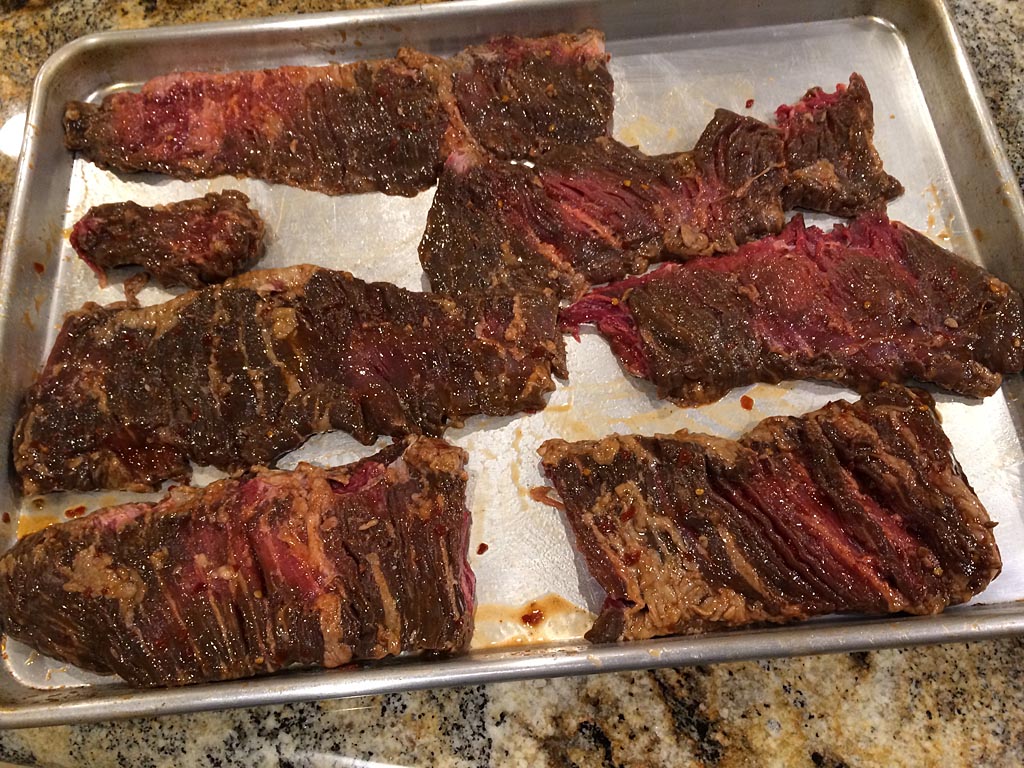
The skirt steak came out of the package as one long piece of meat. I cut it into the pieces shown here and patted them dry with paper towels.
Notice those bright red patches? Those are areas where the meat was folded over on itself and the marinade could not reach the meat. The result was uneven marination.
When you let someone else do the marinating for you, you have no control over how they do it. When you do it yourself, you can take steps to ensure that the meat is evenly marinated.
Lesson #3: Marinades Don’t Penetrate Deeply
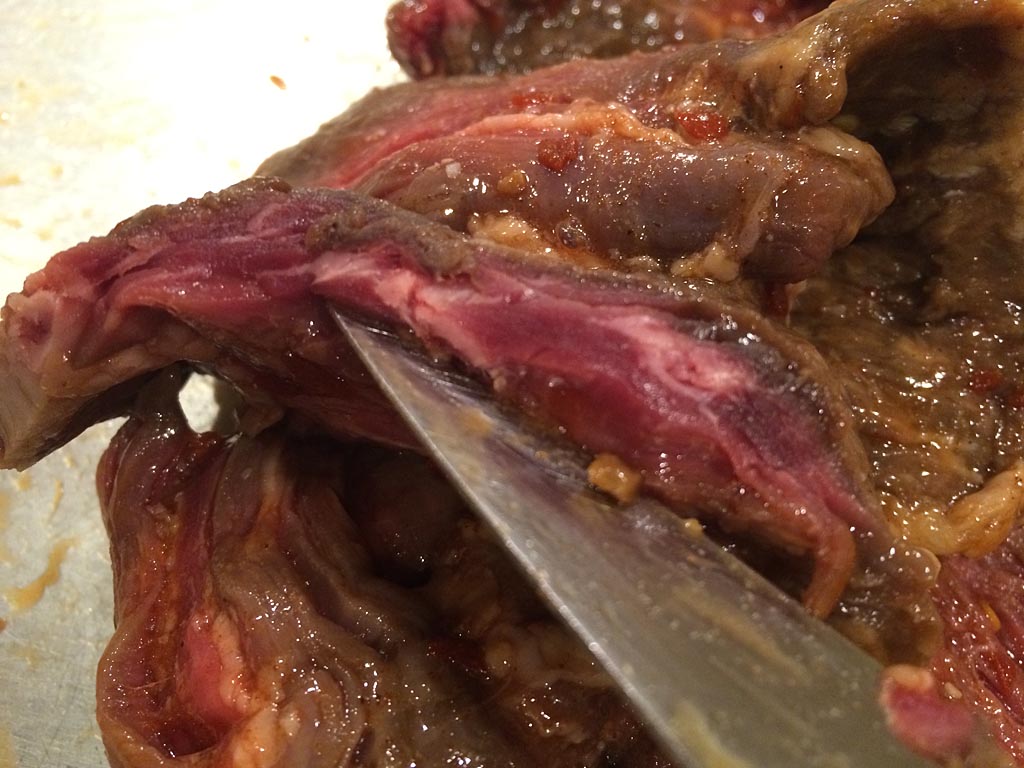
Look at the cut end of this piece of skirt steak. It can’t be more than 1/2 inch thick at most. Who knows how many hours the meat was marinating before I bought it. And skirt steak is not exactly a tight-grained piece of meat. Yet the marinade barely penetrated the surface.
This illustrates and confirms the findings of experts like Cook’s Illustrated magazine that marinades do not deeply penetrate most meats—they only affect the surface and just below the surface.
Lesson #4: It Tasted Great
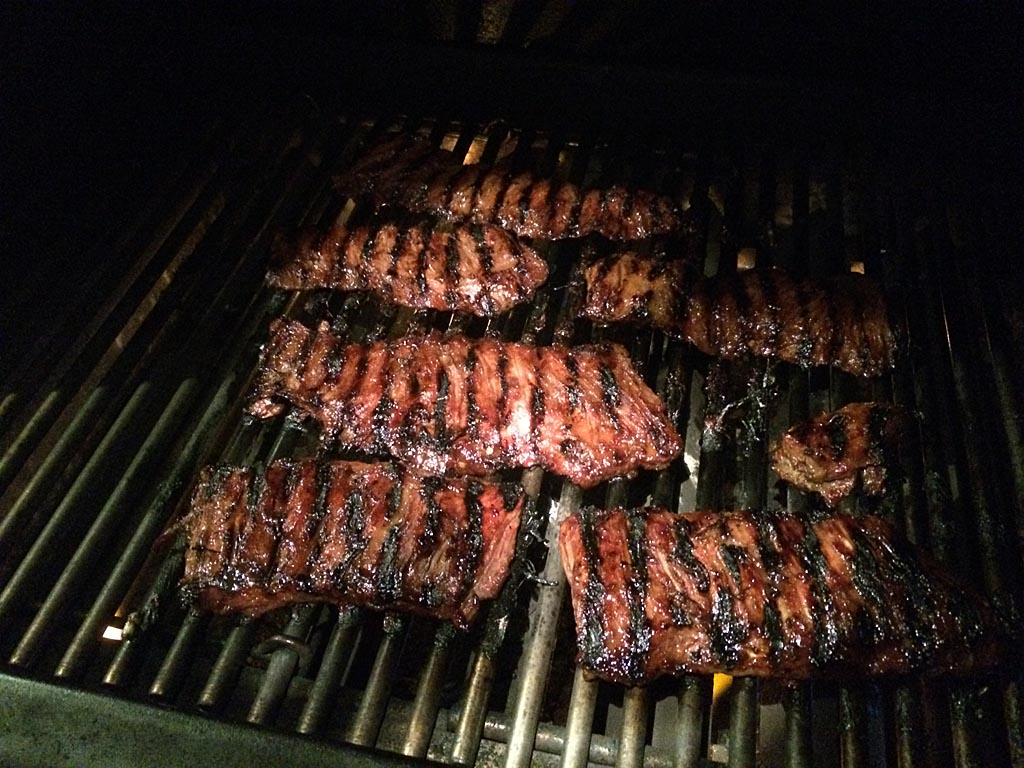
It cost a lot. It wasn’t evenly marinated. It wasn’t deeply marinated. So how did it turn out? It tasted great.
I grilled the pieces over medium-high heat to medium doneness. The meat was moist and juicy, a bit fatty like a good skirt steak should be, with some crispy edges that were to die for. As for the Asian marinade, it was really delicious and added some good heat.
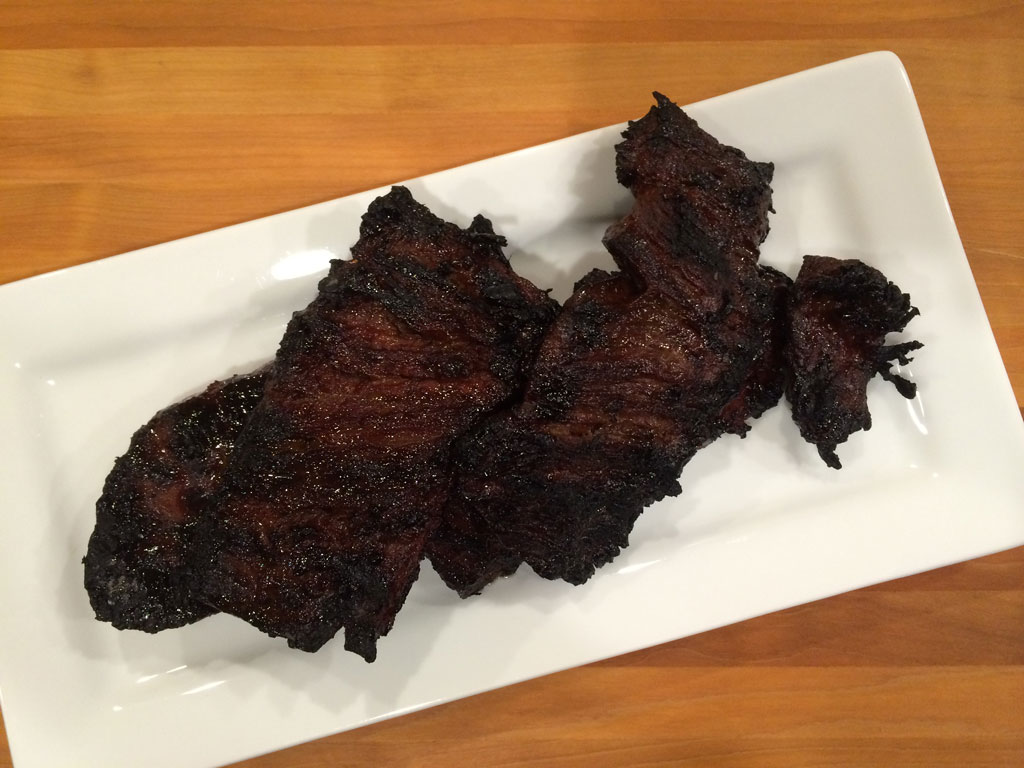
To be clear, I had absolutely no issues with the quality of this meat or marinade. But will I buy it again? No, because I’m a cheapskate.
Here’s the bottom line: It pays—literally—to consider the real price of convenience before buying pre-marinated meat. Marinating meat is easy to do at home, and you’ll save a ton of money.
If you’re looking for a good book on marinades, consider this new one from “Dr. BBQ” Ray Lampe.

